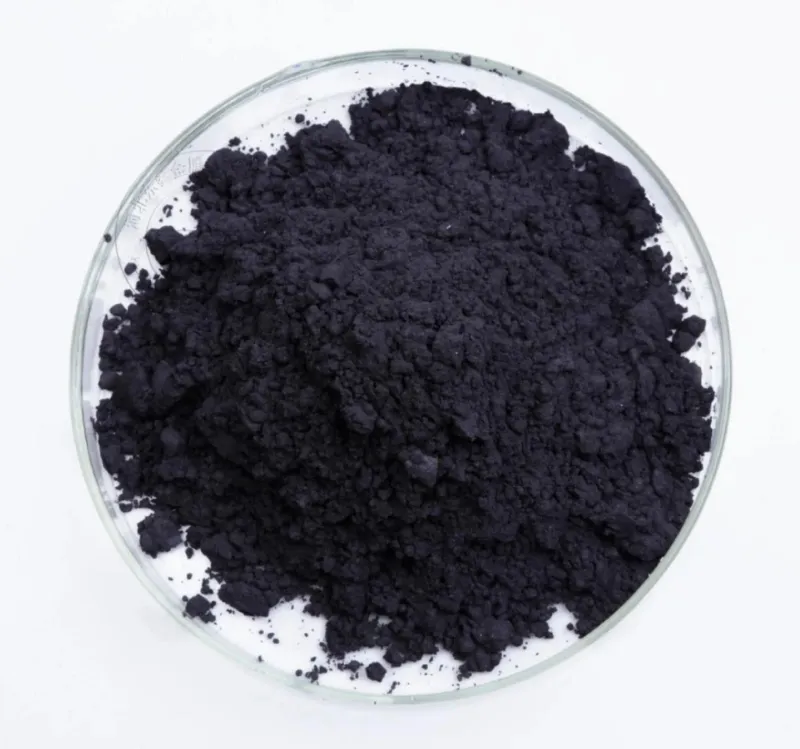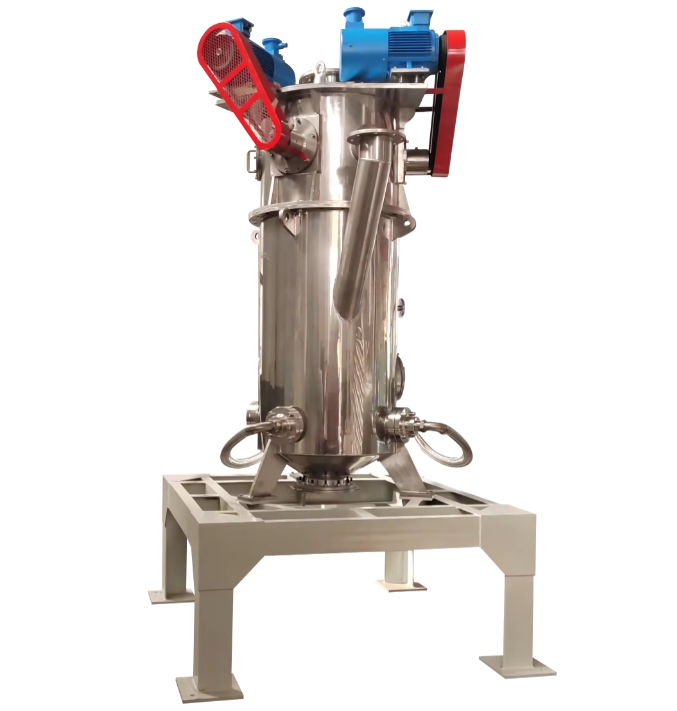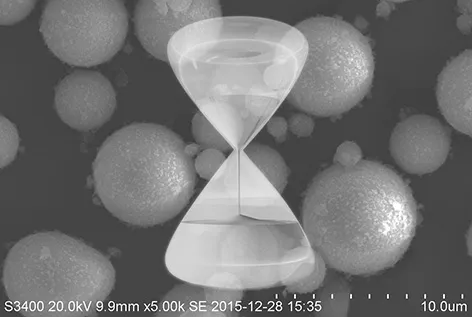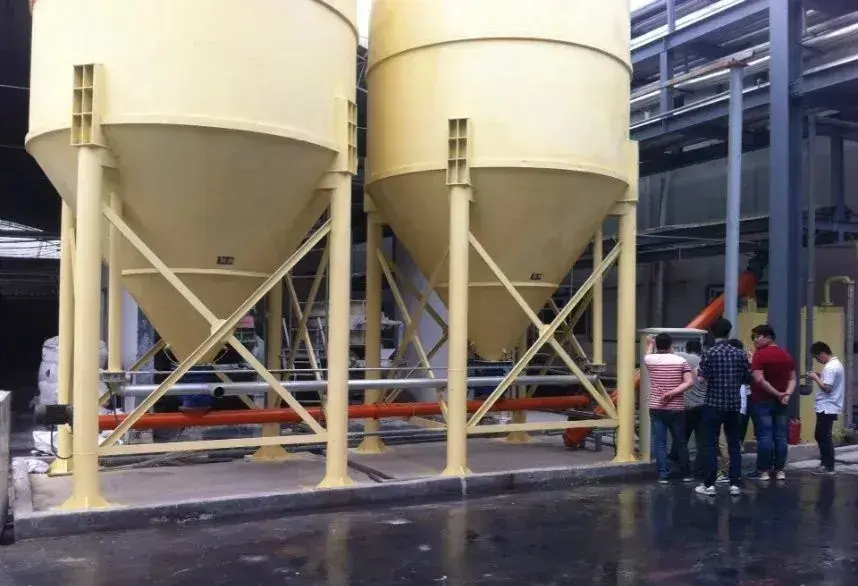Lithium iron phosphate (LiFePO₄) is a popular cathode material for lithium-ion batteries, renowned for its stability, safety, and cost-effectiveness. However, controlling the particle size of LiFePO₄ is crucial for optimizing the performance of the battery. Jet milling, a high-energy particle size reduction process, has been increasingly used for size control of lithium iron phosphate particles. In this article, we explore the latest advancements in jet mill techniques and their impact on for lithium iron phosphate particle size control.

The Importance of Particle Size in Lithium Iron Phosphate
The electrochemical performance of LiFePO₄ batteries is directly influenced by the material’s particle size. Smaller particles provide a larger surface area, improving ion diffusion and increasing the charge and discharge rates of the battery. However, excessively small particles may lead to lower structural stability and increased risk of aggregation, which can reduce battery efficiency.
Jet Mill: The Basics
Jet milling, also known as air jet milling, utilizes high-pressure air or steam to accelerate particles to supersonic speeds. These particles collide with each other, leading to size reduction through impact and attrition. This process is particularly advantageous for materials like LiFePO₄, which are sensitive to high temperatures, as it avoids the heat generation typical of traditional milling methods.
Recent Advancements in Jet Mill for lithium iron phosphate
Improved Jet Mill Designs
Recent innovations in jet mill design have significantly enhanced particle size control. The introduction of multi-stage classifiers allows for a more precise separation of particles based on their size. This results in a narrower particle size distribution, improving the consistency and performance of LiFePO₄ particles used in battery applications.
Optimization of Milling Parameters
Advancements in process control have enabled more precise optimization of milling parameters, such as airflow rate, feed rate, and pressure. By fine-tuning these parameters, manufacturers can achieve the desired particle size while minimizing energy consumption and material loss. Furthermore, real-time monitoring systems allow for continuous adjustments during the milling process, ensuring optimal performance.
Coating and Surface Modification Techniques
Surface modification of LiFePO₄ particles during the jet milling process has become a critical aspect of improving their electrochemical properties. By applying thin coatings or functionalizing the particle surface, manufacturers can enhance conductivity, reduce surface resistance, and improve the overall performance of the battery. Advances in coating technology have allowed for the efficient and uniform application of coatings without compromising particle size control.
Reduced Particle Agglomeration
Agglomeration is a common issue in jet milling, particularly when processing fine powders. Recent advancements in jet milling equipment and techniques have made it possible to reduce the formation of agglomerates during the milling process. This is achieved by better control of milling conditions, such as optimizing airflow and pressure settings, which help prevent the particles from clumping together.

Benefits of Jet Mill for Lithium Iron Phosphate Particle Size Control
Precise Control: Jet milling offers precise control over particle size, which is essential for optimizing battery performance.
High Throughput: Jet mills can process large quantities of material with minimal energy consumption, making them suitable for large-scale production.
Minimal Contamination: The process is dry, meaning there is minimal risk of contamination from solvents or other additives, which is crucial for battery material purity.
Low Temperature Processing: Unlike other milling methods, jet milling generates little heat, preserving the structural integrity of the LiFePO₄ particles.
Challenges and Future Directions
While jet milling offers numerous benefits, challenges remain, particularly in achieving uniform particle size distribution at large scales. Additionally, the high cost of jet milling equipment and energy consumption can be limiting factors. Future advancements will likely focus on improving energy efficiency, reducing costs, and further optimizing particle size control.
Conclusion
Jet mill has proven to be an effective method for controlling the particle size of lithium iron phosphate. With continued advancements in equipment design, process optimization, and surface modification techniques, jet milling will play an increasingly important role in the development of high-performance LiFePO₄-based batteries. As demand for energy storage grows, refining these techniques will be crucial for meeting the future needs of the battery industry.

